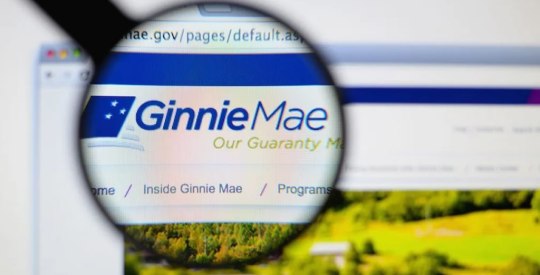The U.S. government bond market is facing a crisis, with an Aug. 2 deadline looming to reach an agreement on the nation’s debt ceiling. A research arm of Standard & Poor’s warns the United States is facing a downgrade of its triple-A status if a compromise isn’t met. Meanwhile global investors are being warned of the associated event-risk of losses. For its part, the S&P Valuations and Risk Strategies group estimates losses due to a downgrade could reach $100 billion. “Any downgrade would result in an increase in interest rates,” according to analysts from S&P. “If Standard & Poor’s lowered the rating to ‘double-A’, it would imply an increase of around 23.2 bps, and a highly unlikely drop to ‘A’ would imply an increase of perhaps 37.5 bps. Of course, this is just a rough estimate, and actual rate changes could be larger or smaller,” analysts said. “Although the possible interest changes appear moderate, across the spectrum of U.S. Treasuries with maturities of two years and longer with over $4 trillion currently outstanding, the total loss to investors could easily range from $50 to $100 billion.” As a result, sovereign debt commentators at French investment bank Société Générale are naming U.S. government bonds as one of three asset classes to largely avoid over the summer months. They say America appears to be struggling to get a hold on its sovereign debt. The SocGen analysts predict the debt ceiling will be breached and are anticipating a rise in the interest rate. This will likely add costs to service outstanding bonds. What’s more, there seems to be little else to be positive about. “With QE2 ending in a couple of days, the debt ceiling debate raging, no end in sight to Europe’s sovereign debt crisis, and an economic slowdown for the U.S.’s main trading partner China, the macro environment now seems rather unappealing,” the SocGen analysts state. “At current yield levels, who is going to buy U.S. bonds at the end of QE2?” S&P agrees that the inability of lawmakers in Washington to reach an agreement, despite the pending risks, does not inspire confidence in the debt markets. “In conclusion, the U.S. government clearly needs to get its finances in order to prevent harming bondholders and to preserve its ability to borrow at low cost in the future,” S&P states. Write to Jacob Gaffney. Follow him on Twitter @jacobgaffney.
Facing downgrade, bond warnings issued on US debt
Most Popular Articles
Latest Articles
Ginnie Mae President Alanna McCargo to resign
Alanna McCargo announced her resignation from the top post at Ginnie Mae effective May 3



